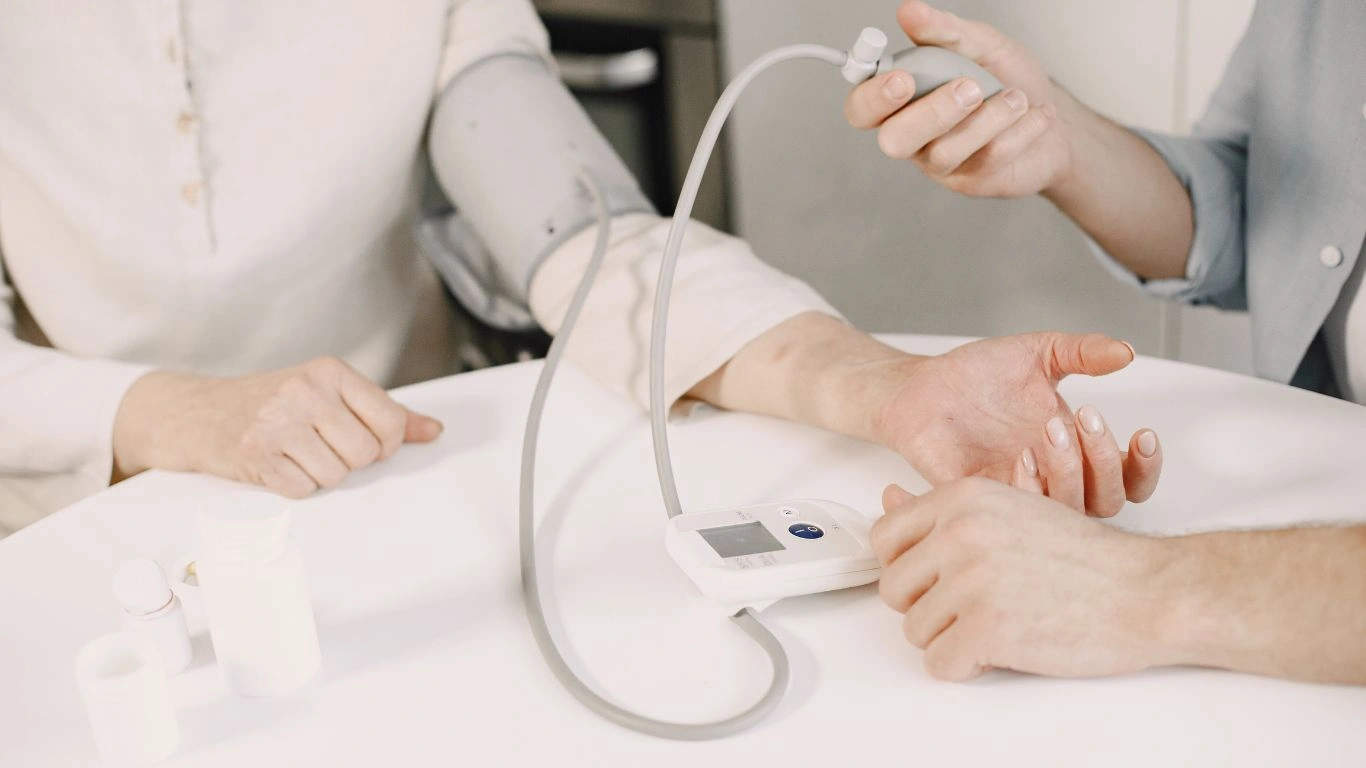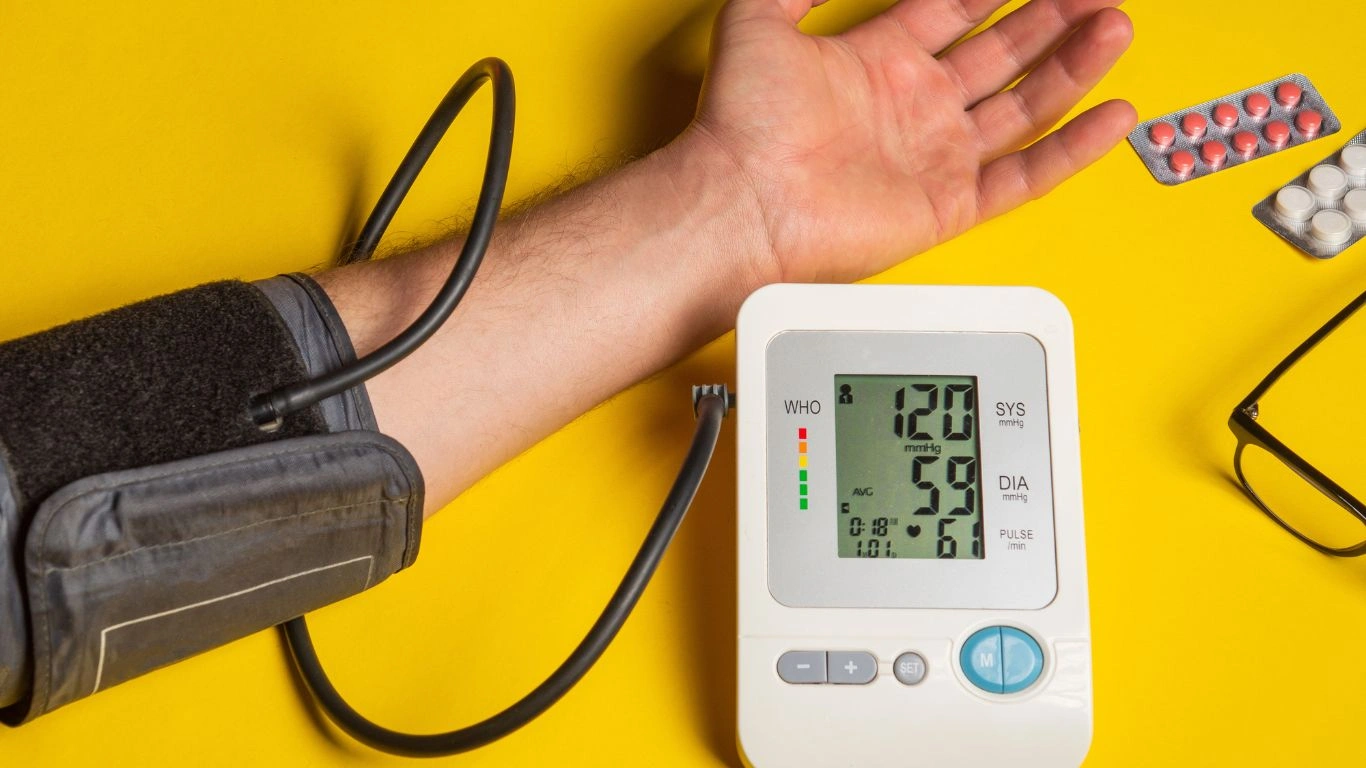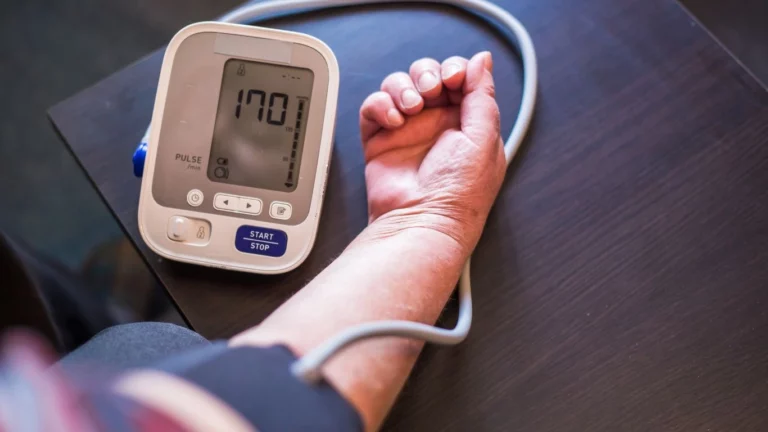Surprising Ways Posture Can Help Correct High Blood Pressure
Can posture correct high blood pressure? Funny enough, it’s a question I didn’t expect to hear so often in my clinic, but here we are. After over a decade managing hypertension, I’ve learned to never underestimate the body’s interconnectedness. Patients often assume blood pressure is only about salt, stress, or genetics. But posture? Yep—turns out it deserves a seat at the table too. And honestly, once you break it down, it makes a surprising amount of sense.
How Posture Affects Blood Pressure

Let’s talk mechanics. When you slouch—especially that classic “tech neck” slump or the rounded upper back posture—your chest cavity compresses. That limits lung expansion and affects blood flow. It can put added pressure on certain blood vessels and even mess with the signals your nervous system sends out to regulate blood pressure.
I’ve had patients come in with blood pressure readings that were a tad high—nothing panic-worthy, but enough to raise an eyebrow. Then, a few months into physical therapy or ergonomic changes at work, they’d report lower readings. Coincidence? Maybe. But as an internal medicine doc, I know better than to shrug off patterns like that.
Compression of Major Arteries
One thing we often overlook is how posture impacts our anatomy. Slumping or hunching forward can compress major arteries, especially the ones that feed into the brain and upper body. When blood flow is restricted, the heart compensates by pumping harder—boom, there goes your blood pressure.
- Carotid artery compression: A forward head posture can put strain on these crucial arteries in the neck.
- Thoracic outlet syndrome: A condition where poor posture leads to compression of vessels between the collarbone and first rib.
- Restricted diaphragm movement: A hunched posture limits how deeply you breathe, indirectly raising stress hormones and affecting BP.
Nervous System Feedback Loops
This is where it gets interesting—your posture can influence your autonomic nervous system, especially the sympathetic branch, which is your “fight or flight” system. When that system is always slightly on edge, your blood pressure follows suit. It’s like your body’s getting mixed signals all day.
In contrast, sitting or standing upright, breathing fully, and keeping your shoulders relaxed can activate the parasympathetic nervous system—the calming side. That shift alone can bring BP down a few notches over time.
Is There Research Backing This Up?

Yes—and while it’s still an emerging area of study, the findings are promising. Some small studies have shown that posture correction interventions, especially when combined with breathing exercises, can reduce both systolic and diastolic readings.
One study published in the Journal of Human Hypertension looked at posture therapy and found measurable improvements in blood pressure among participants who corrected their spinal alignment over 12 weeks. Now, that doesn’t mean posture alone will cure hypertension (let’s not toss out the meds just yet), but it’s a low-risk, high-reward strategy worth exploring.
- Simple posture adjustments can enhance blood flow and reduce strain on the heart.
- Breathing techniques tied to good posture can activate calming neurological pathways.
- Consistency—like ergonomic workstations or mindful sitting habits—makes the biggest difference.
Posture Correction in My Practice

Now, I’m not a physical therapist—but I do love teaming up with them. When I suspect posture is playing a role, I refer my patients out for assessment. What’s wild is seeing the before-and-after photos or hearing about reduced reliance on meds just by improving spinal alignment and core strength. Honestly, it’s one of those subtle lifestyle tweaks that doesn’t feel like a huge ask—but the payoffs can be significant.
One of my long-time patients, a desk-bound software developer, came to me frustrated that his BP stayed elevated despite diet changes and moderate exercise. We had a long chat, and I asked him about his work setup. He admitted to hunching over a laptop for 10+ hours a day. Fast forward a few months—new desk setup, standing breaks, posture coach—and his readings were solidly back in the green. No medication changes. Just posture.
Everyday Posture Habits That Can Help Lower Blood Pressure

So now that we know posture and blood pressure have a thing going on—what can you actually *do* about it? The good news is, you don’t need a chiropractor on speed dial or some fancy equipment. Small, consistent tweaks to how you sit, stand, and move can make a big difference over time.
Here’s the kicker though—most of us don’t realize just how much time we spend in poor alignment. Whether it’s hunching over a phone, slouching in the car, or doing the “couch potato lean,” these micro-posture habits stack up.
Simple Posture Tweaks You Can Start Today
- Check your workstation: Your monitor should be at eye level, feet flat on the floor, and back supported. Add a small cushion behind the lower back if needed.
- Uncross your legs: This one surprises people. Crossing your legs can temporarily raise blood pressure by restricting blood flow—especially if you sit like that for long periods.
- Set movement reminders: Every 30–45 minutes, stand up, stretch, or walk around for a couple minutes. Even a shoulder roll or deep breath helps reset posture.
- Engage your core: You don’t need to be doing planks all day, but try to gently tighten your abdominal muscles while sitting or standing—this helps support the spine naturally.
- Mind your head: Forward head posture is common with phone and laptop use. Practice tucking your chin slightly and aligning ears over shoulders.
I personally use a kitchen timer at work (yep, old-school!) to remind myself to get up and stretch between patient charts. It sounds silly, but it works—and I swear my upper back thanks me for it.
Breathing and Posture: A Powerful Duo

If there’s one thing that ties posture to blood pressure more tightly than people realize, it’s breathing. Think of posture as the container, and breath as the fuel. When your posture is slouched, your lungs can’t expand fully. That shallow breathing? It nudges your sympathetic nervous system—the one responsible for stress responses—into overdrive.
But when you sit or stand tall, suddenly your lungs have space. Deep belly breaths signal your parasympathetic system to kick in, which brings your heart rate and blood pressure down. It’s like flipping the body’s internal switch from “go go go” to “chill out.”
Try This Simple Technique
- Sit upright with your feet flat and spine supported.
- Place one hand on your belly and one on your chest.
- Inhale slowly through your nose for 4 seconds, feeling your belly (not your chest) rise.
- Hold for 2 seconds.
- Exhale slowly through your mouth for 6 seconds.
Repeat this for 3–5 minutes a day. I’ve had hypertensive patients use this before home BP checks, and we’ve seen some surprisingly better readings. It’s not magic—it’s just physiology working in your favor.
When to Consider Professional Help

Sometimes, posture issues go deeper than just daily habits. Chronic neck or back pain, scoliosis, or prior injuries can lead to misalignment that’s not easily fixed with a few stretches. That’s where bringing in the pros makes sense.
I often refer patients to physical therapists, especially when I suspect their posture is contributing to resistant hypertension. Physical therapy isn’t just about rehabbing injuries—it can also help retrain your body to move efficiently. And bonus: many PTs now include breathwork and stress modulation techniques in their sessions too.
Here’s what I suggest to patients:
- If your BP stays elevated despite lifestyle changes, ask your physician whether posture might be part of the issue.
- If you sit at a desk 8+ hours a day, consider an ergonomic assessment—many employers will even cover it.
- If you notice tightness or soreness in your neck, shoulders, or lower back, it could be a sign that poor posture is affecting more than just your comfort.
Small Changes, Real Results
What I love about this approach is how accessible it is. You don’t need a prescription, a gym membership, or a full-blown wellness overhaul. Just awareness, intention, and some consistency.
It reminds me of a retiree I used to see—a sweet gentleman in his late 70s who always brought me cookies (which I definitely didn’t eat because, well, sugar). He came in with borderline BP, and we tried a few adjustments: light walking, lowering sodium, and posture exercises from his PT. Six months in? He was walking taller, breathing easier, and his blood pressure was lower—without meds. He called it “my standing tall plan.”
Honestly, that’s the kind of medicine I love. Empowering people to feel better by reconnecting with their bodies—not just handing out scripts.
Putting It All Together: A Posture-First Mindset for Heart Health

By now, you’re probably realizing that posture isn’t just about avoiding back pain or looking confident in photos—it’s a key player in your cardiovascular health. I know it sounds a little unexpected. But if you think of your body like a plumbing system, posture is the positioning of the pipes. If something’s kinked or compressed, pressure builds. And just like that, yes—posture can correct high blood pressure, or at the very least, support the rest of your hypertension management plan.
I’ve seen this firsthand more times than I can count. Patients who commit to even minor postural changes often come back feeling better, breathing easier, and—best of all—seeing real improvements in their BP numbers. It’s subtle, yes. But real. And let’s be honest, how many other lifestyle changes can you make without giving up tacos or getting on a treadmill?
Combining Posture Work With Other Lifestyle Adjustments
I’m a huge fan of synergy. Posture alone might not be a miracle cure (and believe me, I wish it were that simple), but when combined with other smart habits, it creates a ripple effect that can truly transform health:
- Nutrition: Eating a heart-friendly diet—like DASH or Mediterranean—helps reduce internal inflammation and supports circulation.
- Movement: Regular walking, yoga, or tai chi not only strengthen posture-supporting muscles but also improve blood flow and stress regulation.
- Sleep posture: A lot of folks overlook this, but how you sleep matters too. Try to avoid sleeping in positions that overly curve the spine or restrict neck blood flow.
- Stress reduction: Meditation, journaling, even laughing more—anything that helps you downshift mentally will support your nervous system and, in turn, your blood pressure.
When posture is improved, every other lifestyle change becomes more effective. It’s like tuning your instrument before a concert—you get better results with less effort.
My Favorite Tools and Tricks

Over the years, I’ve collected a mental toolbox of go-to items that help patients fix their posture without turning their life upside down. Here’s what I often recommend in clinic:
- Lumbar cushions: Especially for folks in office chairs all day. It encourages upright sitting without constant reminders.
- Posture corrector braces: These are hit-or-miss—some love the feedback, others feel restricted. Worth a try if you need external reminders.
- Standing desks or adjustable workstations: Total game-changer for anyone tied to a desk. Alternating sitting and standing reduces spine fatigue.
- Apps and wearables: There are great tools that nudge you when you’ve been slouching too long—like little digital posture coaches.
- Mirror checks: Simple and free. Stand in front of a mirror once a day, check your alignment, and course-correct.
Don’t get overwhelmed—this isn’t about perfection. Start small. My personal favorite is using a rolled-up towel at the lower back whenever I sit down to do charts. Not glamorous, but it works wonders.
Who Should Be Paying Extra Attention to This?
If you’re already managing high blood pressure, this is your gentle nudge to take posture seriously. But also, if you’re in a high-risk group—like family history, desk job, postmenopausal, or over 60—it’s even more relevant. Prevention is so much easier (and cheaper) than treatment.
And for healthcare pros reading this: start asking your patients how they sit. It’s such a simple conversation starter that can uncover a whole host of contributing factors we often miss during rushed visits.
References
- https://www.ncbi.nlm.nih.gov/
- https://www.heart.org/
- https://www.cdc.gov/
- https://www.mayoclinic.org/
- https://www.physicaltherapy.org/
There’s growing support in the research community for integrating posture assessment into blood pressure care plans. The science is evolving, but the connection is real—and the stories from patients make it impossible to ignore.
Disclaimer
This article is for informational purposes only and is not a substitute for professional medical advice, diagnosis, or treatment. Always consult your healthcare provider before making any changes to your health plan, especially if you have underlying conditions or are on medications for blood pressure management.
As always, I’m sharing what I’ve seen work in the real world—with real people. Your experience might vary, and that’s totally okay. Just keep listening to your body—and your posture might just start whispering back.

Dr. Gwenna Aazee is a board-certified Internal Medicine Physician with a special focus on hypertension management, chronic disease prevention, and patient education. With years of experience in both clinical practice and medical writing, she’s passionate about turning evidence-based medicine into accessible, actionable advice. Through her work at Healthusias.com, Dr. Aazee empowers readers to take charge of their health with confidence and clarity. Off the clock, she enjoys deep dives into nutrition research, long walks with her rescue pup, and simplifying medical jargon one article at a time.






